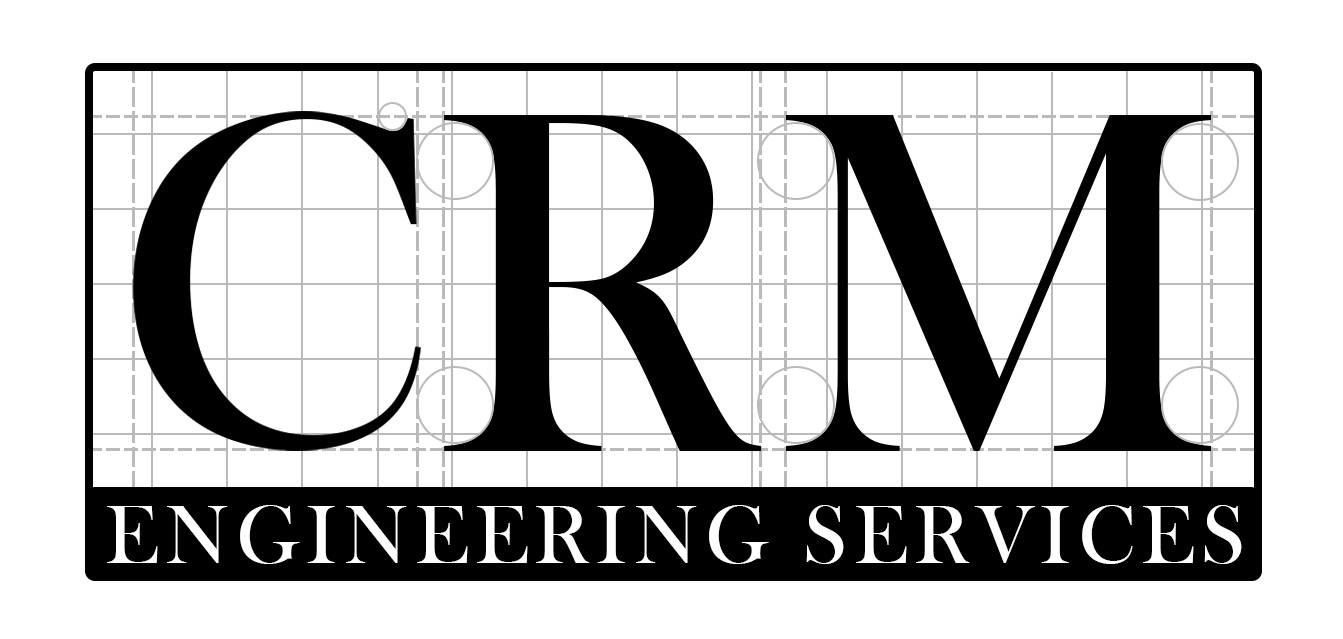A Practical Formula for Air-cooled Boards in Ventilated Enclosures1
Introduction
Natural air convection is commonly applied as cooling technique for electronic equipment of moderate power density. The main advantage of natural convection is its intrinsic reliability and low cost because air movement is generated simply by density gradients, if an external body force field exists. However, due to the relatively low efficiency, the thermal design of the electronic equipment must be optimized, i.e. the geometry must be designed so as to generate an air flow rate which minimizes the average and the maximum temperature rise. In particular, the thermal behavior depends on the balance between the net buoyancy force and the friction losses along the air path. The latter takes into account the distributed pressure losses along the path and the concentrated friction losses in the inlet-outlet vents.
In this paper, a practical formula for the thermal design of the ventilated enclosures is presented. The formula takes into account important parameters such as power transferred to the cooling air, chimney height (distance between the inlet and outlet vents), volumetric air flow rate, vent area, and friction losses along the air flow path.
Derivation of Formula
In a steady state condition, the heat flux, \(Q\), removed by the air is related to the inlet-outlet enthalpy variation, \(\Delta H_{1,2}\):
\begin{align} Q & = \bar{\rho} \rho A \bar{u} \Delta H_{1,2} \nonumber \\ & = \bar{\rho} \bar{c_p} A \bar{u} \Delta T_{1,2} \label{eq:eq1} \end{align}and the buoyancy provides the fluid with kinetic energy
\begin{equation} \left( \rho_a - \bar{\rho} \right) g h = K_e \bar{\rho} \frac{\bar{u}^2}{2} \label{eq:eq2} \end{equation}where
\begin{align*} \bar{u} & = \mbox{The average velocity of the air in the enclosure} \\ \rho_a & = \mbox{The external ambient air density} \\ \bar{\rho} & = \mbox{The average internal air density evaluated at the mean inner air temperature} \\ h & = \mbox{The chimney height, i.e. the distance between the inlet and outlet vents} \\ K_e & = \mbox{The equivalent fluid resistance coefficient} \\ c_p & = \mbox{The specific heat of air} \\ \Delta T_{1,2} & = \mbox{The difference between the inlet and outlet air temperatures} \end{align*}Assuming an isobaric process in which the difference in pressure between the ambient and the internal air is negligible, the ideal gas law gives
\begin{equation} P = \rho R T \end{equation}where
\begin{align*} P & = \mbox{Pressure} \\ R & = \mbox{Gas constant} \end{align*} Re-arranging \begin{align} \rho_a R T_a & = & \bar{\rho} R \bar{T} \\ \frac{\rho_a}{\bar{\rho}} & = & \frac{\bar{T}}{T_a} \\ \frac{\rho_a - \bar{\rho}}{\bar{\rho}} & = & \frac{\bar{T} - T_a}{T_a} \end{align} Using this result, Equation \eqref{eq:eq2} becomes \begin{align} \frac{\left( \rho_a - \bar{\rho} \right)}{\bar{\rho}} g h & = & K_e \frac{\bar{u}^2}{2} \\ \frac{\Delta T}{T_a} g h & = & K_e \frac{\bar{u}^2}{2} \end{align}Defining the volumetric flow rate as
\begin{equation} \dot{V} = \bar{u} A \end{equation}and then combining equations \eqref{eq:eq1} and \eqref{eq:eq2}, the following is obtained
\begin{equation} \frac{2 Q g h}{K_e \bar{\rho} c_p T_a} A^2 = \dot{V}^3 \end{equation}where
\begin{align} A & = \mbox{The minimum of the inlet and the outlet vent area} \\ T_a & = \mbox{The external ambient temperature} \end{align}\(K_e\) can be considered the sum of the fluid resistance along the path and through the venting
\begin{equation} K_e = K_{ch} + K_{con} \end{equation}where
\begin{align} K_{ch} & = \mbox{Fluid resistance coefficient along path} \\ K_{con} & = \mbox{Fluid resistance coefficient at vents} \end{align}Results available in the literature indicate that \(K_{con} \gg K_{ch}\). \(K = K_e \approx K_{con}\) is a function of the Reynolds Number based on the hydraulic diameter \(D_h\) of a single opening:
\begin{equation} Re_{D_h} = D_h \frac{w_v}{\nu} \end{equation} where \begin{align*} w_v & = \dot{V}/A_V/N \\ A_v & = \mbox{Area of single opening} \\ N & = \mbox{Number of openings on a vent} \\ \nu & = \mbox{Kinematic viscosity of air evaluated at \(\bar{T}\)} \end{align*} Results in the literature show that \begin{equation} K = 18.16 Re_{D_h}^{-0.54} \end{equation}Solution
To determine the required ventilation area, an initial guess of \(A\) is given and the new area \(A\) is calculated. The process is repeated until consecutive values of \(A\) are within some error \(\epsilon\).
- Experimental Heat Transfer, Fluid Mechanics and Thermodynamics 1993, Volume 1, M.D. Kelleher, R.K. Shah, K.R. Sreenivasan, Y. Joshi, Elsevier, Oct 21, 1993
